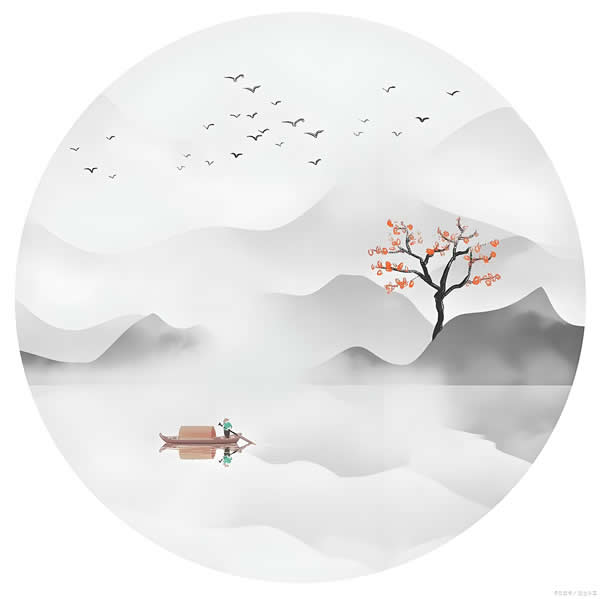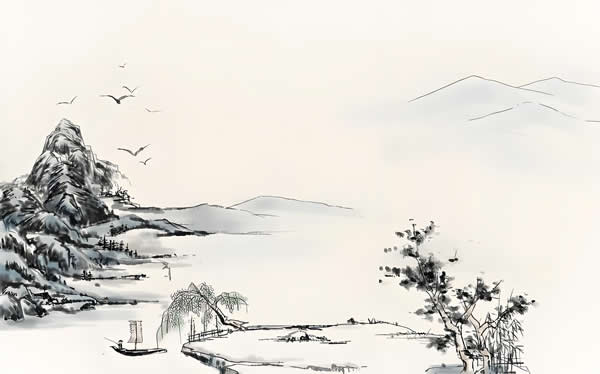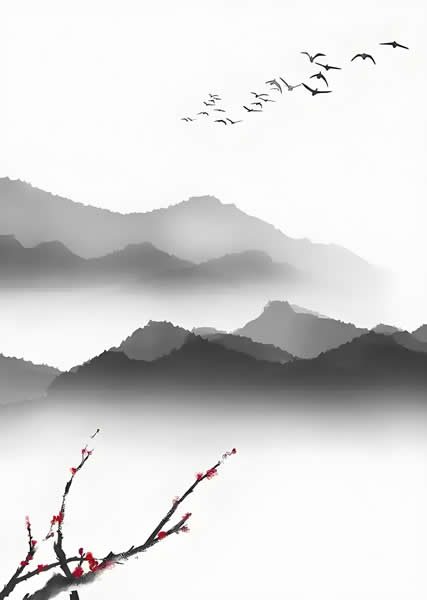"记得绿罗裙,处处怜芳草",这句出自五代词人牛希济的《生查子》,以裙喻情,将女子衣裙与自然芳草相映成趣,道尽了离别后的相思之苦。在中国古典诗词的长河中,"裙"这一意象如同一条细腻的丝线,穿梭于无数华章之间,不仅勾勒出古代女性的婀娜身姿,更承载着深厚的文化内涵和情感寄托。从《诗经》的"青青子衿,悠悠我心"到唐诗宋词的华丽篇章,裙裾飘香,成为了诗人笔下永恒的风景。
在古代,裙是女性服饰的重要组成部分,其材质、颜色和样式往往反映着时代的风尚和个人的身份。诗词中的裙,常常被赋予丰富的象征意义。李白的"云想衣裳花想容,春风拂槛露华浓",虽未直接提及裙,但通过"云想衣裳"的比喻,暗示了杨贵妃裙裾飘逸的仙姿;而杜牧的"娉娉袅袅十三余,豆蔻梢头二月初",则用"娉娹"形容少女轻盈的步态,裙摆随风摇曳,生动描绘了青春的美好。这些诗句不仅展现了古代女性的柔美,还透露出诗人对自然与人文的深刻感悟。
裙在诗词中, often serves as a metaphor for emotions and memories. For instance, in Wang Changling's "出塞", the line "秦时明月汉时关,万里长征人未还" indirectly evokes the image of women waiting in their skirts, symbolizing longing and resilience. Similarly,李清照的"如梦令"中,"常记溪亭日暮,沉醉不知归路",虽未明言裙,但通过整体意境,让人联想到女子裙裾在夕阳下的翩跹,表达了对往昔欢乐的追忆。这种意象的运用,使得诗词更具感染力和艺术魅力。

从文化角度看,带裙的诗句还反映了古代社会的审美观念和性别角色。在儒家文化影响下,女性的柔顺和优雅 often associated with their attire, and poets used skirts to emphasize these qualities. For example, in白居易的"长恨歌","回眸一笑百媚生,六宫粉黛无颜色",通过描绘杨贵妃的裙裾舞动,突出了她的绝世容颜和宫廷生活的奢华。裙也成为了离别和相思的载体,如柳永的"雨霖铃"中,"执手相看泪眼,竟无语凝噎",暗示了女子裙裾在雨中湿透,加深了离别的悲凉。
带裙的诗句 often incorporate natural elements, creating a harmonious blend of humanity and the environment. In陶渊明的"归园田居","采菊东篱下,悠然见南山",虽未直接写裙,但田园诗中女性的劳作身影, often implied through their simple skirts, reflecting a pastoral ideal. Similarly, in杜甫的"春望","国破山河在,城春草木深", the image of women in skirts amidst the ruins symbolizes hope and renewal amidst despair.

带裙的诗句是中国古典诗词宝库中的一颗璀璨明珠,它们不仅 beautify the language but also convey profound emotions and cultural values. By exploring these verses, we gain insight into the lives of ancient women and the poets' artistic vision. As we recite these lines, the rustle of skirts seems to echo through time, reminding us of the timeless beauty of Chinese poetry.




 相关阅读
相关阅读












